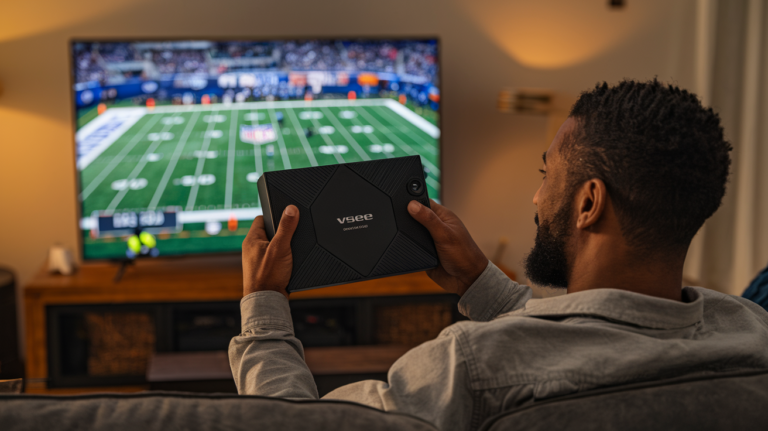A Tribute to the Nintendo Engineer Masayuki Uemura
It is not quite accurate to refer to the engineer Masayuki Uemura, who passed away on December 6 at the age of 78, as the “unsung architect” of the world’s video game business. He is well-known among gamers for creating the Super Famicom, often known as the Super Nintendo outside of Japan, and the Family Computer, the video game device that later evolved into the Nintendo Entertainment System. He left Nintendo in 2004, although he stayed actively involved in the sector, leading Kyoto’s Ritsumeikan Center for Game Studies until his resignation in March of this year.
Despite the appetites that Uemura’s machines sparked in the young—and not so young—customers who craved them, his works were inevitably eclipsed by the content that they were intended to serve up: the games, the virtual experiences that were enthusiastically consumed by countless players over the world. But without Uemura’s consoles, these games would not have been able to reach their audiences. His fantasy-delivery methods connected the Japanese and Western minds like bridges across worlds, with effects that are still being felt today.
With games like Animal Crossing and The Legend of Zelda, Nintendo is known for being the birthplace of Mario and Pokémon and a furnace of imagination with a genuinely planetary appeal. The business, which was established in 1889 as a producer of hanafuda, or traditional playing cards, struggled to remain relevant in the postwar period. By examining new markets for playing cards, board games, and toys, Nintendo found some amount of success through sporadic testing. Early in the 1970s, Uemura joined. He was hired by Nintendo’s R&D chief, an engineer by the name of Gunpei Yokoi, from Sharp to help with the development of amusements that utilized light guns, in which users shot beams at targets shown on a movie screen.
Read Also: Masayuki Uemura, the designer for The Nintendo Entertainment System, Died at the age of 78.
Nintendo turned to video games in an effort to capitalize on a then-emerging new trend. The company’s early products were mediocre copies of less creative rivals’ creations, including Uemura’s 1977 Color-TV Game 6, a colorized parody of Home Pong, or Taito’s 1978 mega-hit Space Invaders’ close cousin Space Fever. Nintendo didn’t achieve its stride until the early 1980s, when games like Donkey Kong and Mario Bros., both original arcade hits, started drawing in players with rising levels of sophistication and money. Shigeru Miyamoto, a young designer whose creations would become the face of Nintendo in the years to come, was the mind behind those games. However, Uemura is the one who brought these digital fantasies into people’s homes worldwide, enabling designers such
It was his effort that made it possible for Nintendo to grow from a local concern into a major force in the entertainment industry, much like a Pokémon gradually evolving into its most advanced form.
In 1981, Hiroshi Yamauchi, the president of Nintendo, and Uemura had a late-night talk that led to the creation of the Uemura Family Computer, also known as the Famicom. In a conversation with me in 2019, Uemura said, “President Yamauchi urged me to build a video-game system, one that could play games on cartridges.” I didn’t think much of it because he frequently called me after drinking, so I didn’t take it seriously.
I merely replied, “Sure thing, boss,” before hanging up. It wasn’t until he approached me the following morning, sober, and asked, “That thing we talked about—you’re on it?,” that it dawned on me that he was being serious.
Uemura’s aptitude as an engineer and manager is demonstrated by his ability to produce “that thing” in only two years. The Famicom was just a modified Donkey Kong machine that could be hooked onto television and was scaled down to accommodate cartridges. The Famicom’s beige and maroon plastic shell seemed almost disarmingly colorful despite the fact that it represented an improvement in computing power and design compared to American systems like the dominant Atari 2600. President Yamauchi chose these colors based on their popularity in Japan.
In the summer of 1983, Uemura faced heated questions from journalists who were unconvinced by Famicom’s toylike appearance at the press conference announcing its debut. Industry conventional opinion predicted that personal computers will soon supplant dedicated home gaming systems as a fading trend. What makes it so intriguing? Uemura remembered a reporter pestering him. “It’s got no keyboard at all!” After years of work, he remembered feeling “very deflated.”






